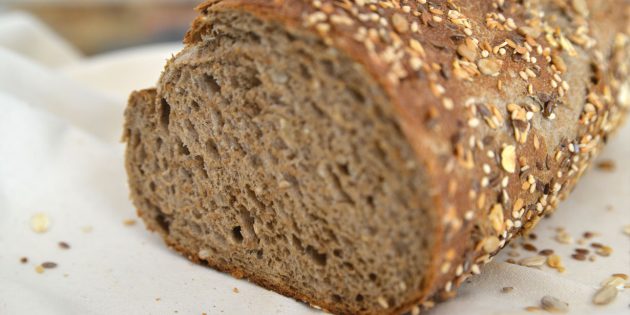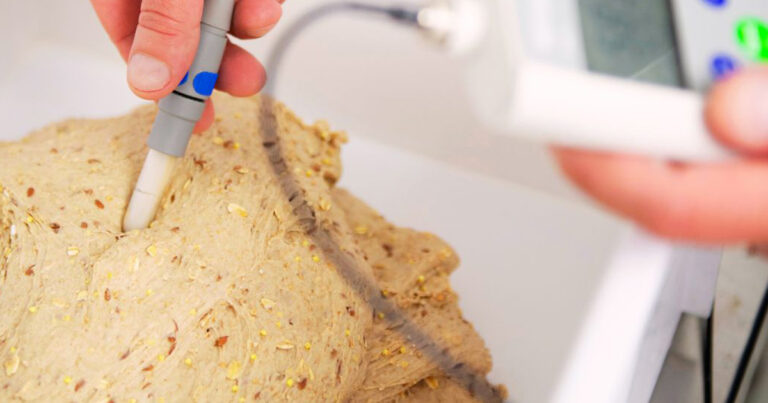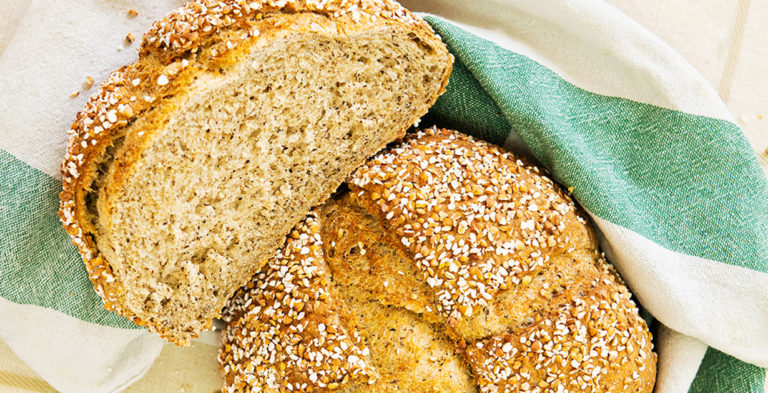Index:
- From ancient to modern grains
- The rediscovery of authentic taste
- A journey through biodiversity, sustainability, and tradition
- Cereali Antichi 50, a mix for a light and digestible bread
From ancient to modern grains
The name Ancient grains which were once cultivated on a small scale and essentially used to feed the family, livestock or used as currency exchange, derives from the fact that these cereals have been abandoned during the course of time in favor of varieties easier to cultivate with higher production yield and suitable for the industrial production.
If in the past, wheat was subjected to a selection process aimed at respecting certain characteristics, such as taste and productivity, the industrialization and mechanization of agriculture have promoted the production of a more performing type of wheat, with a higher yield and a higher gluten content, commonly called "modern wheat".
The rediscovery of authentic taste
Certain forgotten cereals, that were part of our ancestors’ diet, have recently been rediscovered. This is proof that the way nutrition is being perceived is changing, in fact, in the course of the last few years, the search for an authentic and genuine taste has driven the production of bakery products with the use ancient grains, for their exceptional nutritional characteristics.
The characteristics that make these ancient cereals so special are:
- protein;
- minerals;
- fiber;
- vitamins;
- antioxidants;
A journey through biodiversity, sustainability, and tradition
In addition to the nutritional aspect, there are other significant reasons for the recovery of these grains. Most importantly, they can survive without the use of fertilizers, pesticides, or massive irrigation systems. Also, the scrupulous attention to preserving their natural characteristics and biodiversity, as well as the utilization of mountainous areas or areas not very accessible for the cultivation are all fundamental aspects for the revaluation of a raw material which has been under-appreciated for a long time.
They adapt to hostile environmental conditions and are usually cultivated in areas defined as marginal, where modern varieties would struggle to survive. Ancient cereals are the result of methodical cultivation guaranteed by the expert hands of farmers and companies that with their tenacity choose to give these special grains that the earth offers us a new life.
Cereali Antichi 50, a mix for a light and digestible bread
If you are interested in discovering more about the properties, characteristics, and taste of ancient grains with our concentrated mix, CEREALI ANTICHI 50, you can experience the pleasure of preparing and enjoying a very light and digestible bread, thanks to the rich fiber content that the three types of spelt used - monococcum, dicoccum and spelta - and whole rye flour provide!










